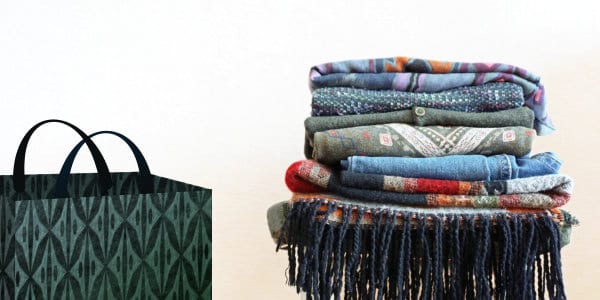Regrettably, there are hand-me downs that perpetuate discrimination, racism and marginalization – accepted without thought – sometimes through many generations. These are hard to dislodge. It’s almost as if they have gotten into the family or the community DNA. Hate genes? Looking through the fine lens of hindsight I recognize examples of these sad legacies in the communities of my childhood.
Even before I was born the fear of the “other” was evident in letters to a great aunt in which her soldier friend notes that when the war – WWI – is over and he is home again, “We’ll have to do something about those foreigners who are moving into our community”. In our Parkland prairies there was, as far as I could see, an apparently amiable mixture of nationalities, languages and religions that had emigrated from numerous parts of the planet. I have no idea which foreigners he meant.
Teasing was common with respect to dialect, clothing, body traits, levels of wealth, gender and perceived mental challenges. When taken to the level of harassment teasing can become something else – something called discrimination. But we were just teasing weren’t we?
We knew that our farms occupied land once claimed by indigenous people. We knew that they had been moved onto reserves, and that this was supposed to be in their best interests. We knew about residential schools but they were supposed to be beneficial too. We believed that our religious leaders and politicians were acting in our best interests and those of the indigenous population. Yet the indigenous population was denigrated and made fun of. Derogatory references were common. Some of this attitude still exists in our country despite a more up-to-date and accurate picture of what was really happening and the extreme treatments and sanctions that had been imposed in the past.
At 19 I travelled by train to Ottawa where I was scheduled to attend Teachers College. My seat mates were two young men, one white and one black. We got into fairly heavy discussions including the plight of the indigenous in Saskatchewan. The white guy was quite comfortable with his racism – justifying it using well-worn and unproven arguments about inferiority and superiority. He did this while happily munching on some of the southern fried chicken that his colored companion had brought with him. The chicken was shared but at no point did his friend join in the discussion. None of my rebuttals made a dent in the young racist. He was immune to facts and unfamiliar with logic. This affliction seems to be on the rise these days or perhaps it’s just more obvious.
I can’t resist another example as experienced in one of my schools: Two of our Grade 6 girls had gotten into a fight during recess. They were brought to my office where one accused the other of calling her “Chocolate Face”. Both girls were “colored”. The irony was inescapable. Both girls were intelligent and did not usually involve themselves in scraps. Yet in a moment of anger one had cast out a racist slur. How sad. We had a long conversation about this and all was well henceforth.
In later years and during the beginning of my teaching career I began to receive hand-me-downs from my mother. By then she’d been back teaching for several years. This had allowed her to rebuild her wardrobe back up to its pre-depression standards. However she had also put on a few pounds. As a result I became the lucky recipient of some very nice items at a time when my salary was still rather low. She had a better sense of style than me so that was an additional bonus.
Hand-me-downs have much potential for good. It’ s the invisible hand-me- downs that cry out for more unbiased and open examination.





